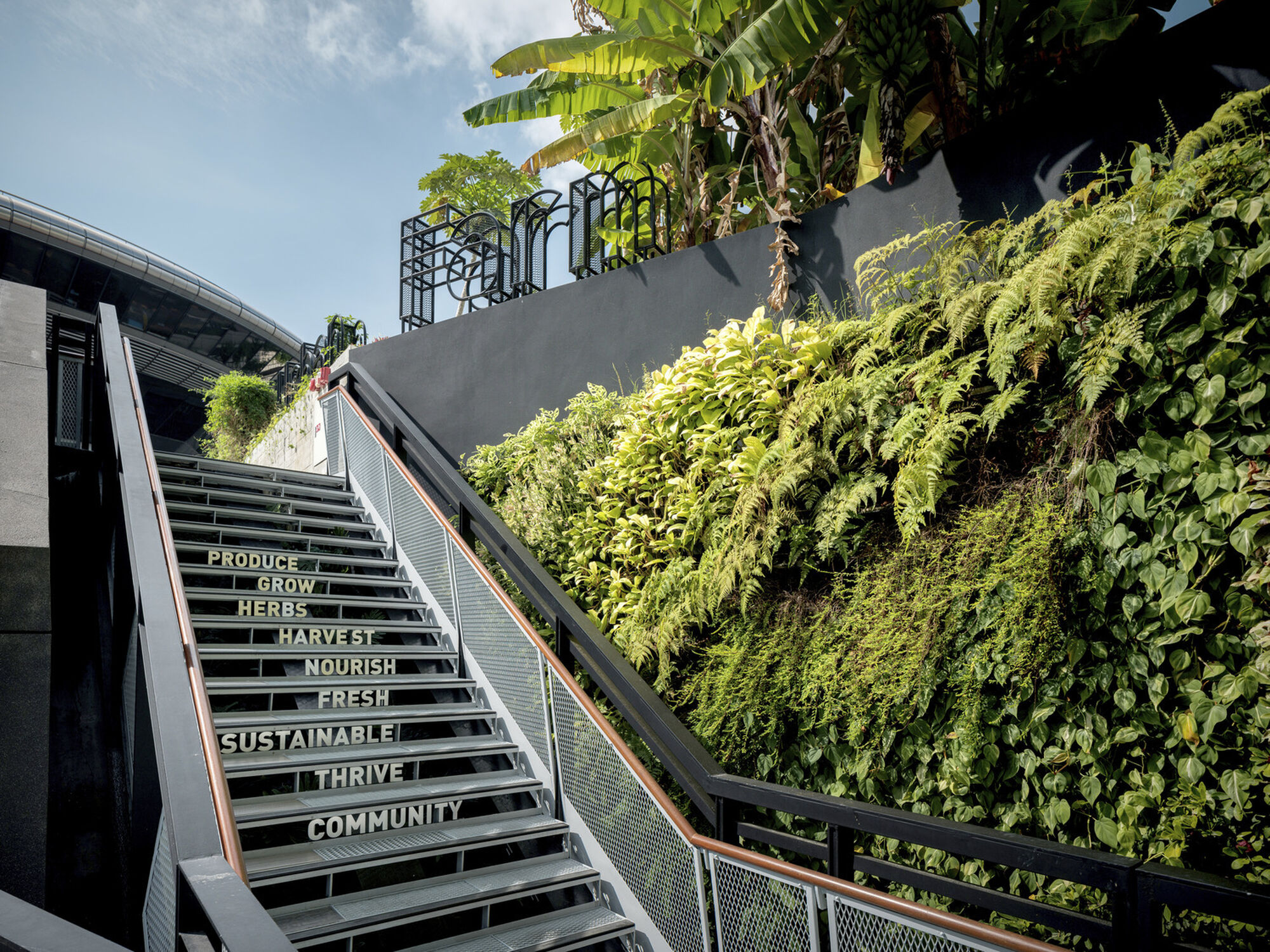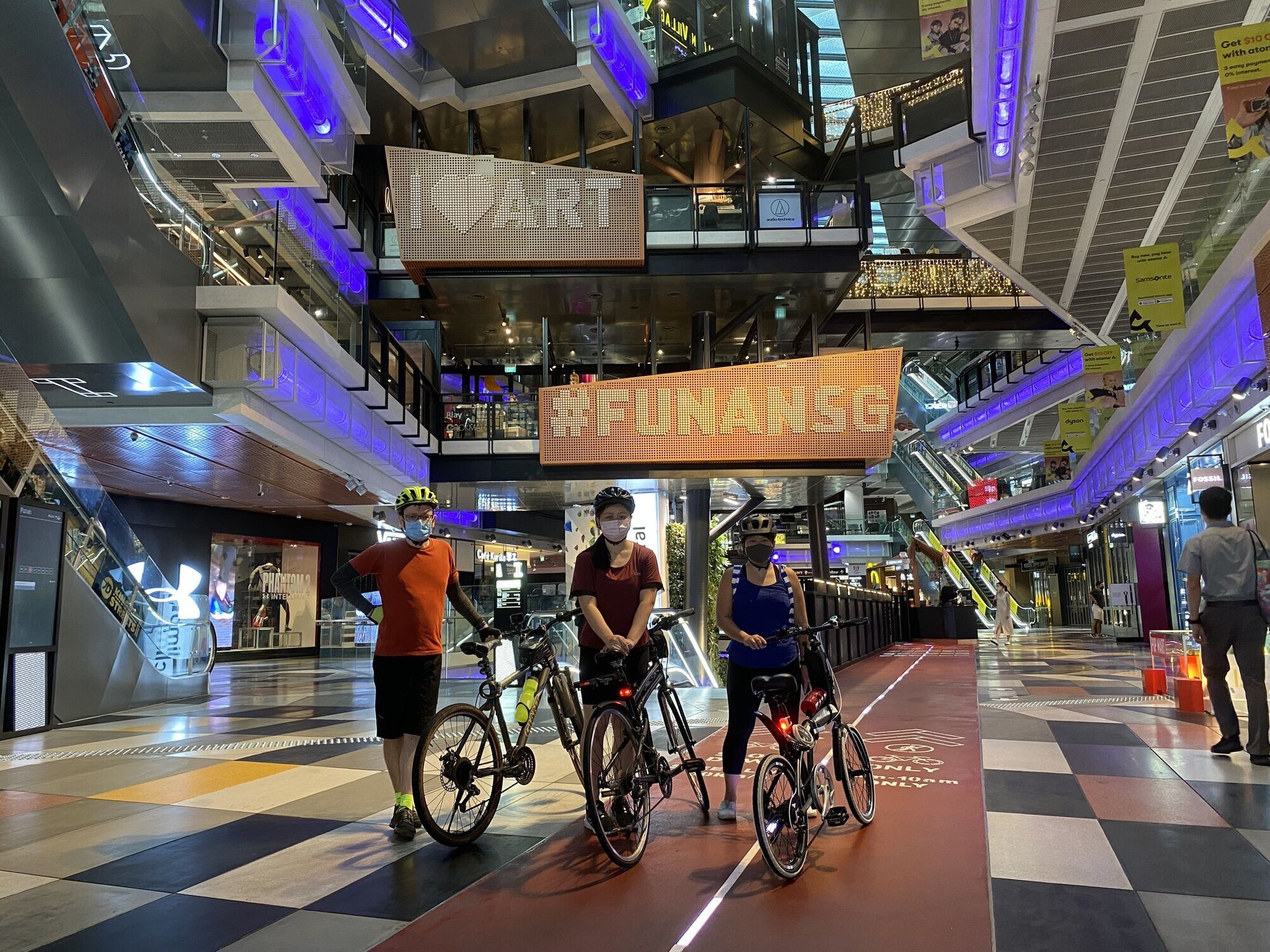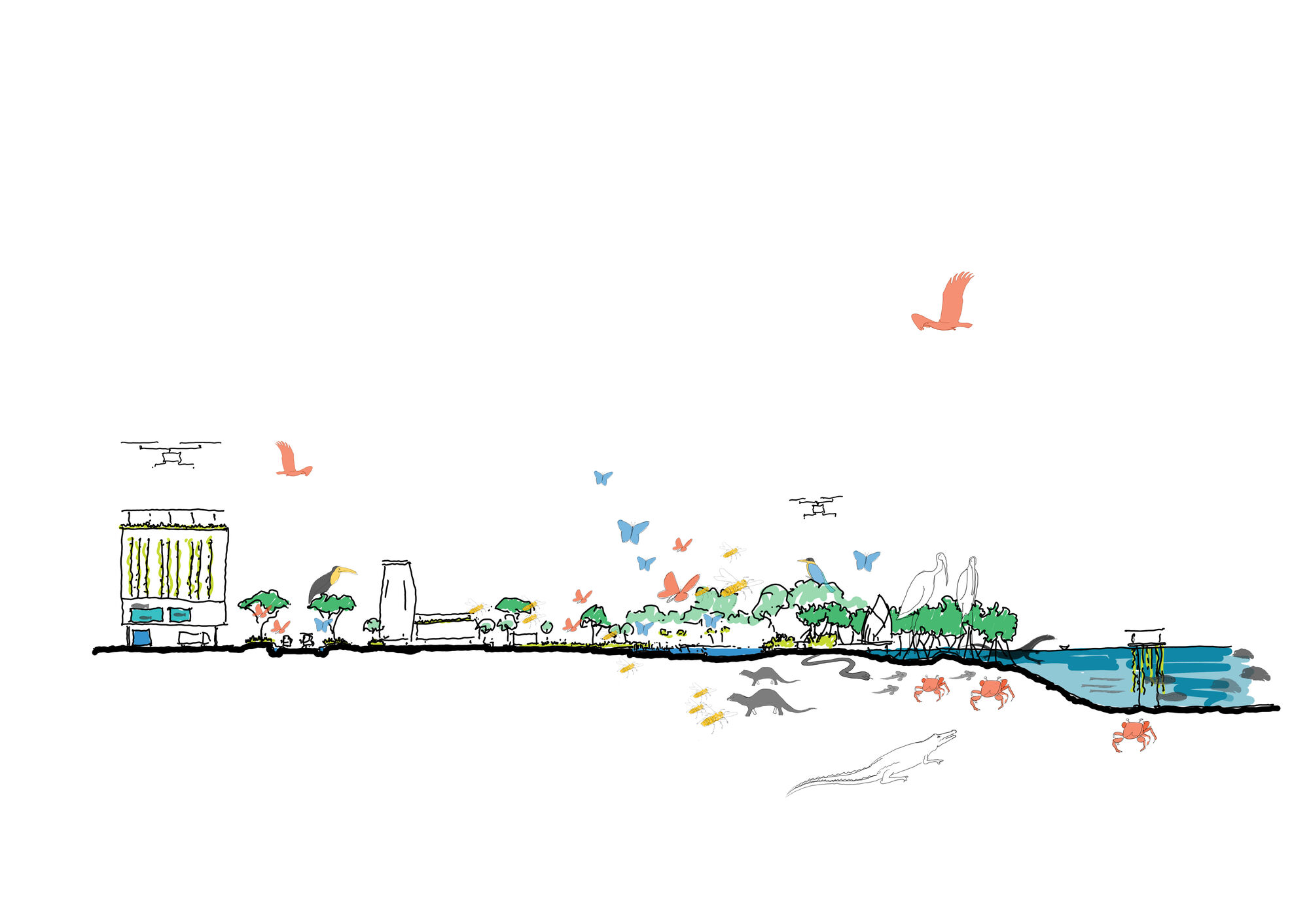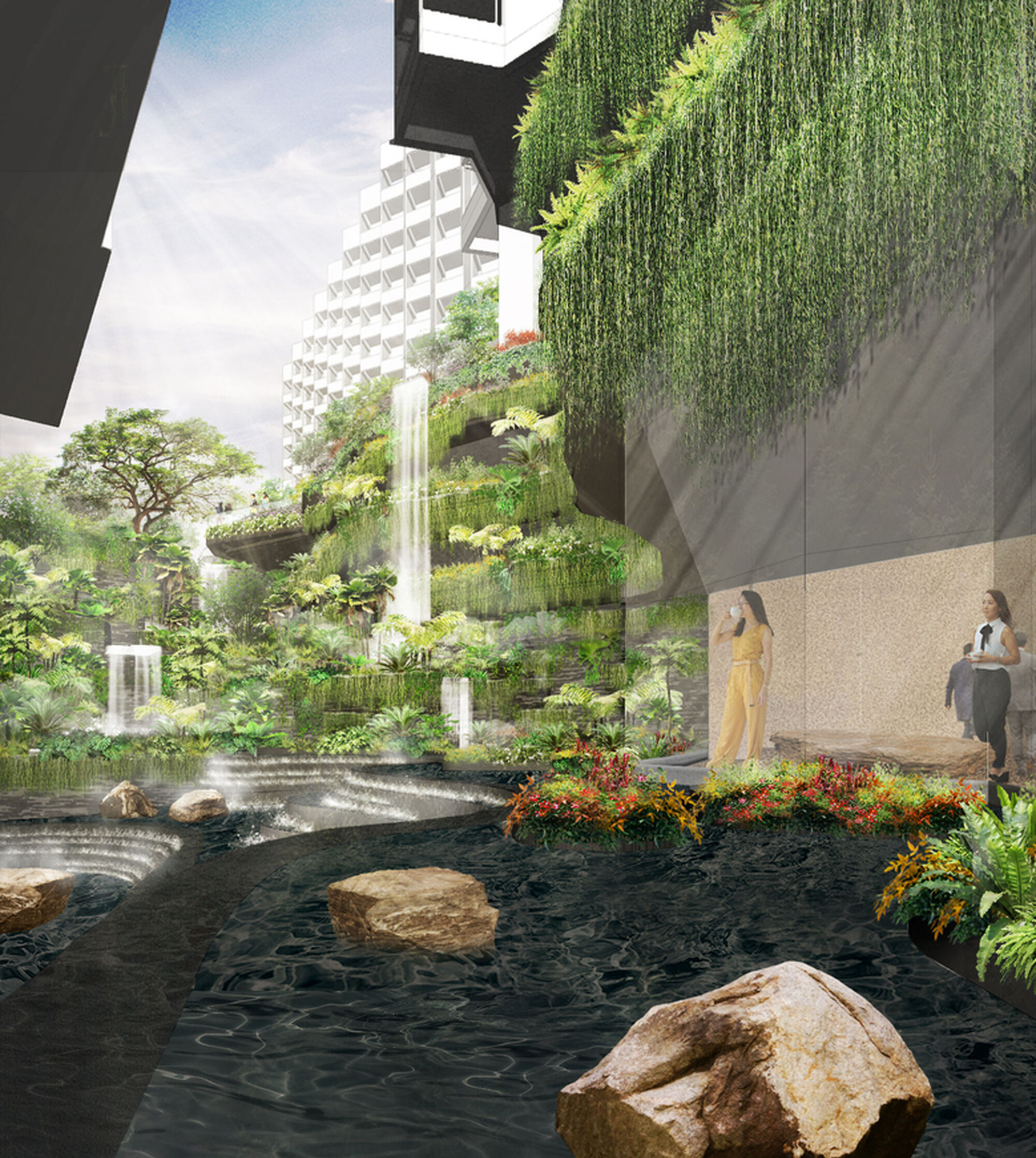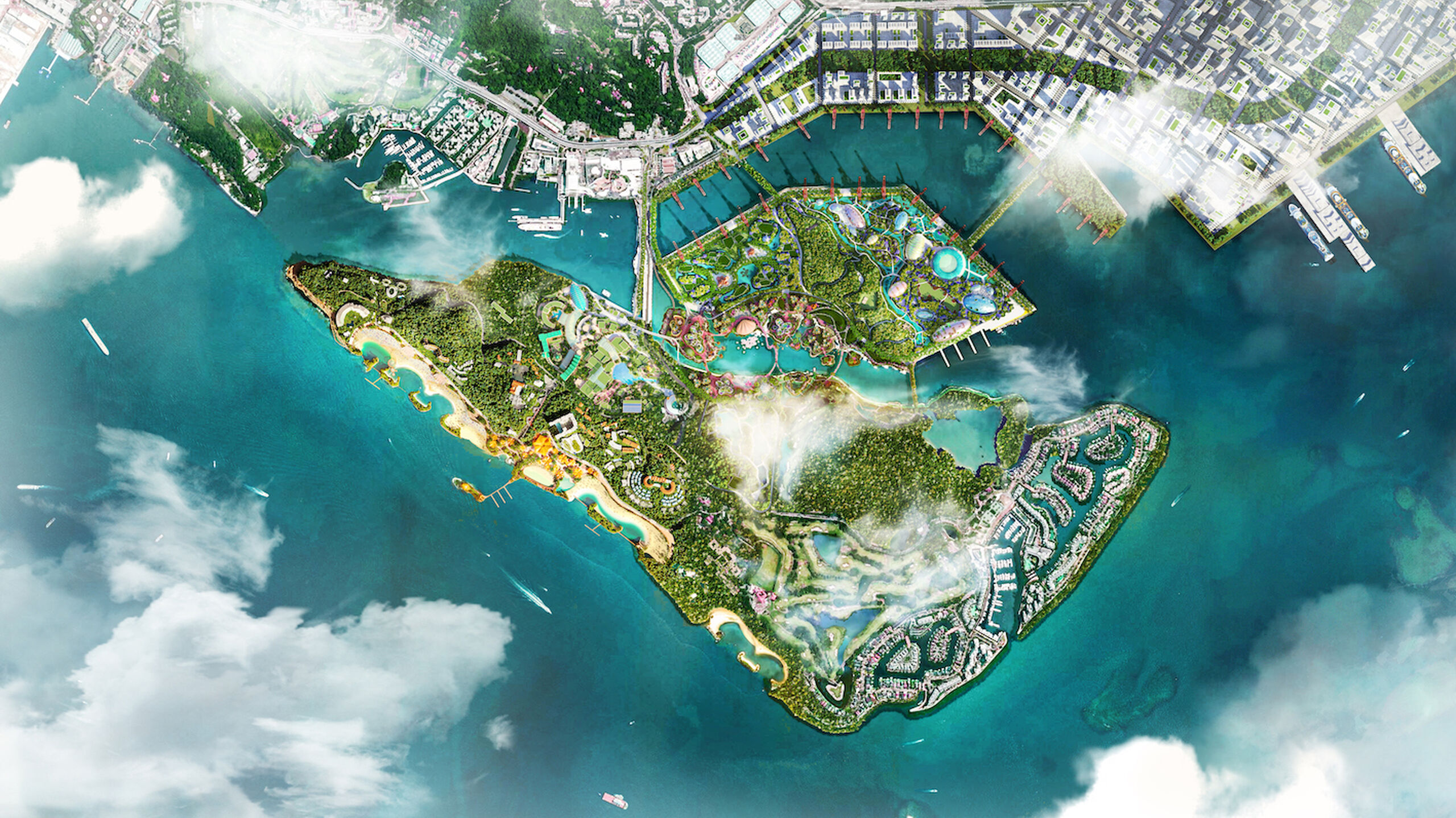

How will landscape architecture respond to the changing nature of post-COVID tourism?
Elite mountaineer Nirmal Purja’s shot of the Everest summit queue quickly went viral after being shared on Instagram in 2019. Depicting overcrowding atop the world’s most famous mountain, it perfectly encapsulates the boom in experiential, adventure tourism – and the desire to become immersed in landscapes and ‘conquer’ obstacles.
Clearly, things have changed greatly since then. Our worlds became much smaller during the pandemic and our eyes were opened to the appeal of exploring local cultures. Now, as we all begin to move towards living with COVID, it’s time to reconsider the role that landscape architects can play in supporting and cultivating a more sustainable approach to experiential tourism, post-pandemic.
Breaking down cultural barriers
Tourism has always strived to provide new experiences and create lasting memories. Some of my most memorable travel experiences as a child were not highly curated; instead, they were built around ‘slow travel’. The toot-toot of the morning croissant van while camping in France. The unique adventure of the Paris to Madrid night train. Citrus grove ice cream served by sellers in carved-out orange skins. Each experience is etched on my mind, fostering a life-long love for inspiring places and spaces. This lies at the core of my work as a landscape architect today.
After 20 years of supporting the tourism and hospitality sectors via the design of intentional landscapes, there’s no doubt in my mind about the importance of travel and tourism. It’s fundamental to learning about our planet and humankind, breaking down cultural barriers and building a greater understanding of one another.
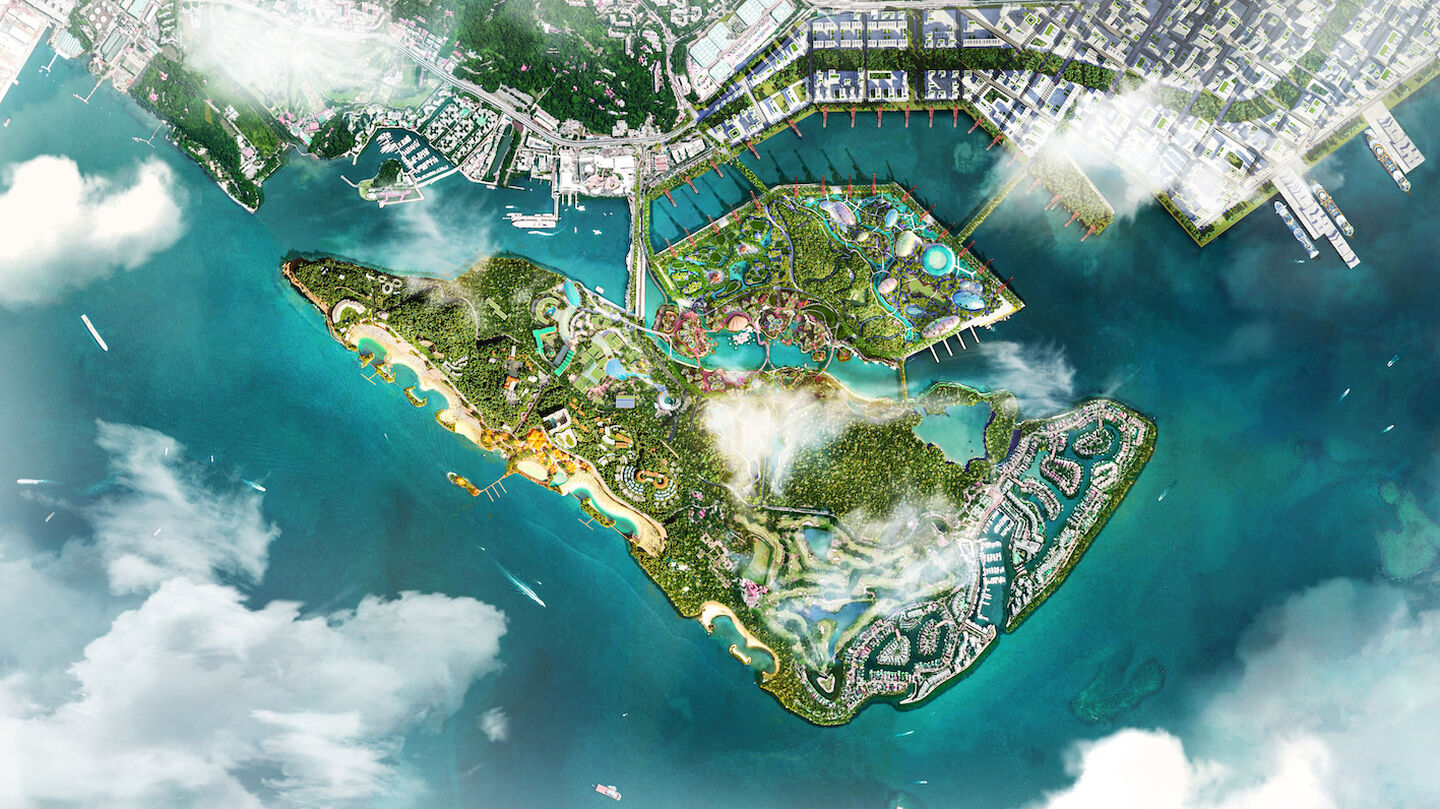
Tourism means different things to different people. For some, it’s a series of curated experiences or moments. For others it is all about the ‘Wow factor’ and the instant gratification moment; feeding hungry appetites for social media sharing has dominated many design approaches over the past decade.
Increasingly, we are starting to see the renewed focus being placed on creating meaningful and lasting tourism experiences – ones that are both educational and transformational.
Creating intentional landscapes
Back in 2006, during my time on the board of the Fiji Association of Architects, we explored how intentional landscapes could work hand-in-hand with tourism. Still today in Fiji, clearly defined ‘aesthetic’ guidelines for tourism developments help ensure that a strong sense of place has been preserved. Sustainable materials are favoured over cheaper imported materials; with the preferred use of local materials such as bamboo, fast-growing mahogany, palm wood and coconut husk ropes. These offer an astute means of helping to develop new industries while also diversifying the ailing sugarcane industry – it’s the circular economic model in practice.
Bhutan’s vision to promote the country as an exclusive travel destination founded on principles of sustainability has also paved the way for a focus on meaningful, high price tourism over mass tourism. Taking the bold move of ensuring all tourists visiting Bhutan commit to a minimum daily spend has enabled the even national distribution of tourism tax across rural and urban areas. It’s supported Bhutan’s wider ambition of making all food production organic by alleviating the financial strain placed on rural areas. With Bhutan already part of a select club of Carbon Negative Nations, its success with this strategy begs the question: could other countries benefit from taking a similar, more focused approach to tourism going forward?

At a much more focused level, design considerations for our work on a new Alila offering in Vietnam points towards how sustainable tourism can align with delivering a memorable visitor experience. The luxury hotel is recognising the importance of celebrating the rich history of the surrounding landscape and culture: existing heritage villas, built by oceanographers and used by the Bao Dai as weekend retreats, are preserved. We’re currently working closely with the Hyatt team to develop food concepts and experiences based around both land- and marine-based permaculture, tying in with experimental floating islands that combine marine permaculture with the overarching guest experience.
Influencing factors for post-COVID tourists
The world is very different to how it was at the turn of this decade. Yet even before COVID hit, there were a number of global factors at play that was influencing our everyday lives and how we choose to travel – and can’t be overlooked going forward.
Technology is bringing people closer to destinations than ever before. Key innovations include community apps creating pre-and post-visit connections, visitation mapping and time slot booking reducing overcrowding at key locations, and wellness programs and customised itineraries delivering a personalised experience. Without question, tech’s intentional use can significantly benefit the future of tourism.
Greater awareness of climate change and biodiversity extinction is also having an impact on how many will choose to travel in the future. There’s now a big drive towards reducing carbon footprints and environmental impact while travelling, and also limiting exposure to air and food-based toxins and pollutants.
On the wellness front, the eco-gastro and eco-agritourism trends were both on an upward trajectory prior to the pandemic, and the healthy eating, nutrition and weight loss sectors have all grown steadily over the last two years.
Similarly, the desire to live and work more flexibly looks to have major post-COVID tourism implications. Travel has always provided the opportunity for reset and a change of scenery; now, with the lines blurred between work and home life more than ever before, expect ‘workations’ and longer stays to soar as with digital nomads, able to work anywhere, anytime, look for deeper cultural immersion.
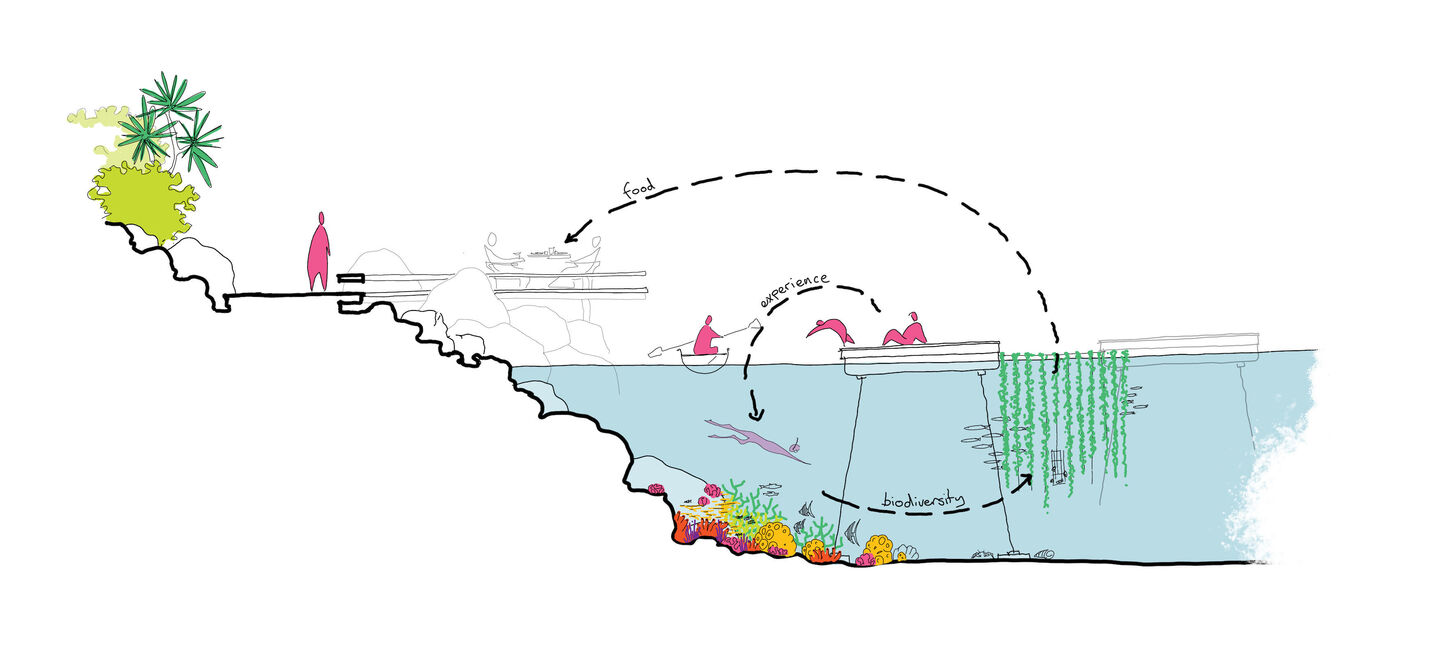
Looking forward
So: is it time for landscape architects to be taking a more active role in creating liveable environments that allow visitors to explore, learn and be part of welcoming, authentic communities? Without question.
Big opportunities lie ahead for the ever-evolving hospitality and tourism sectors. In Singapore, hotels have been urged to recycle food waste and install solar panels and water meters as part of larger plans to achieve net-zero emissions by 2050. We’re already beginning to see what the future of sustainable tourism could look like in the country with recent revisions to the Sentosa-Brani master plan in view of Covid-19, a feasibility study currently underway to understand and then meet the tourism trends that have arisen as a direct result of the pandemic.
The challenge, now, for landscape architects with eyes focused on the future is to create more inspiring places in dynamic countries to meet the sustainable tourism needs of the future.
—
About the author
Toby Kyle works as an Associate Director at Grant Associates in Singapore. Toby has gained over 15 years of experience working internationally, during which time he has developed a unique understanding of constructing in remote locations within different environmental, cultural and legal contexts. Engaging with different cultures has enhanced his ability to convey key concepts whilst having empathy with the different needs and viewpoints of others. His work at Grant Associates demonstrates that enhanced cultural and environmental experiences bring value to everyday life.
This article was originally published by WLA - World Landscape Architecture.
